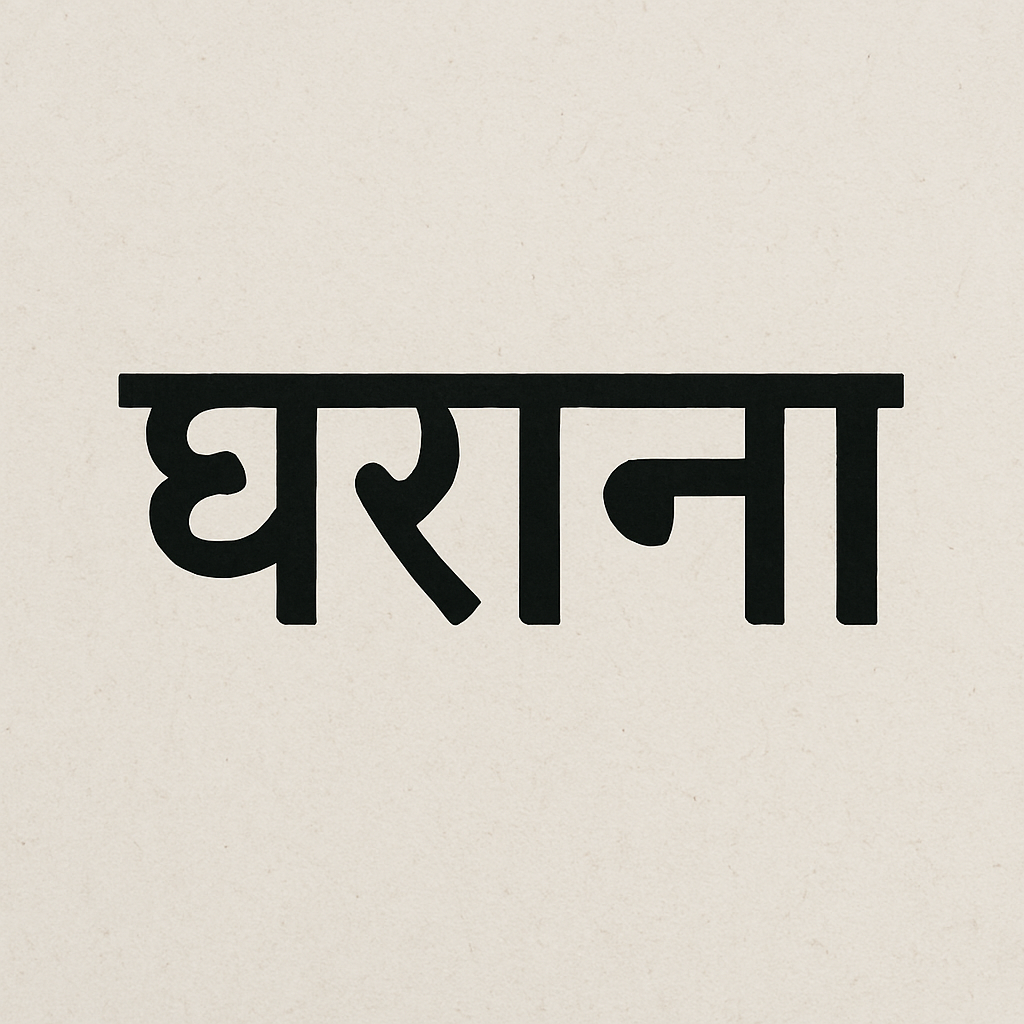
- Teacher: LAIPUBAM SURACHANDRA SHARMA

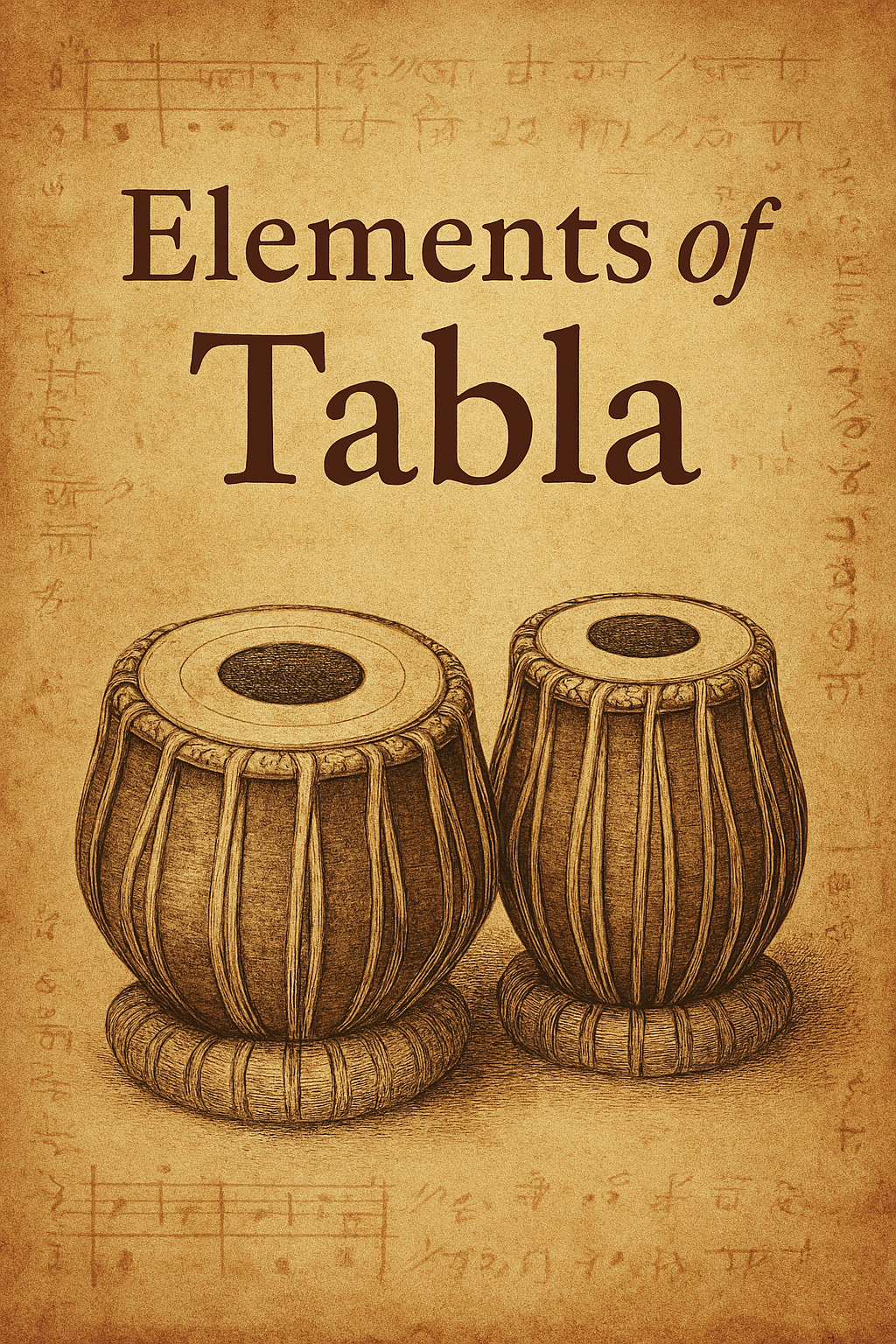
Discipline Specific Elective (DSE503B)

Course Types: Value Added Course (VAC-1)
Course Code: VAC45TDM101T25
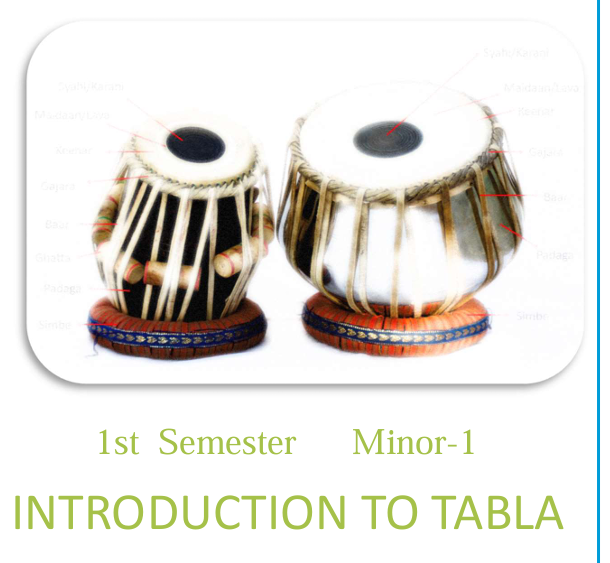

This is an elective course and hence aimed at training the students with very basics of Pakhawaj so that
students from all department may understand and enjoy the subject. This course is aim to encourage
students from all faculty.

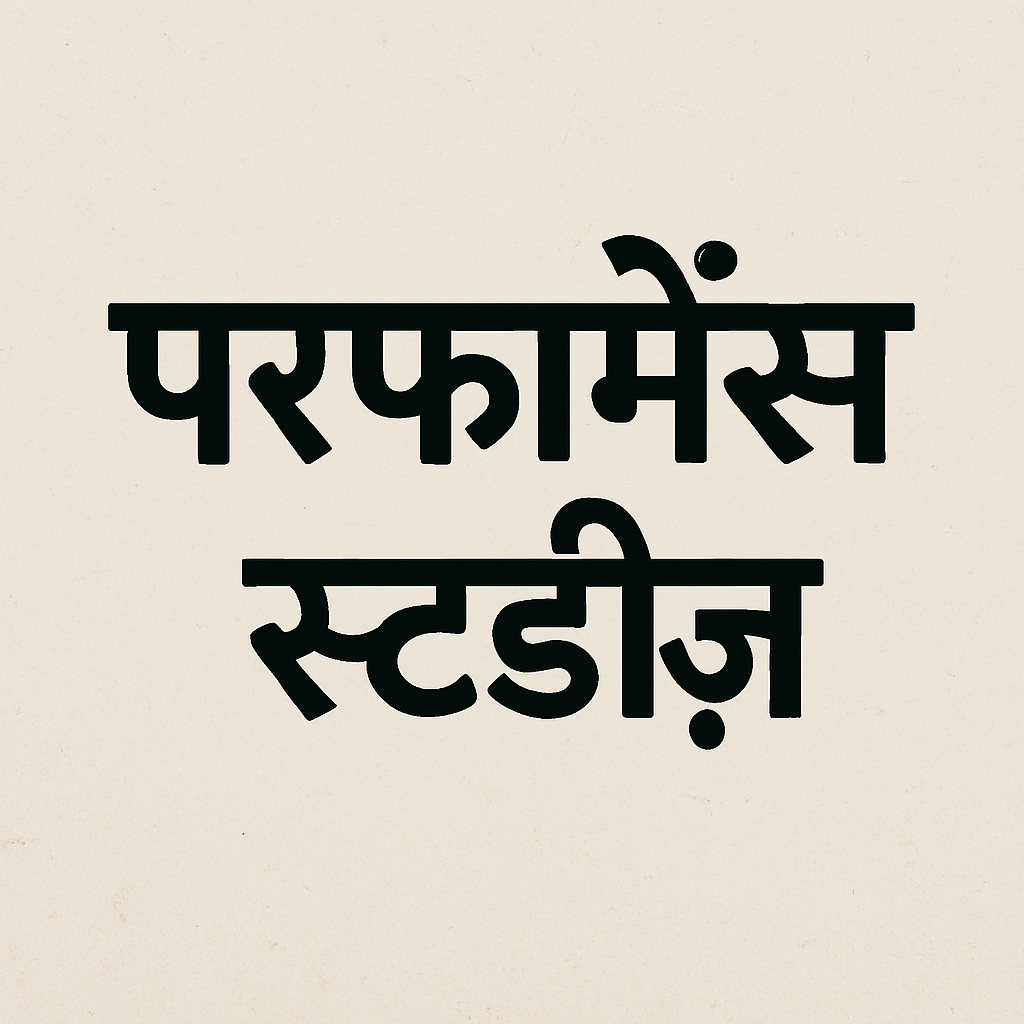
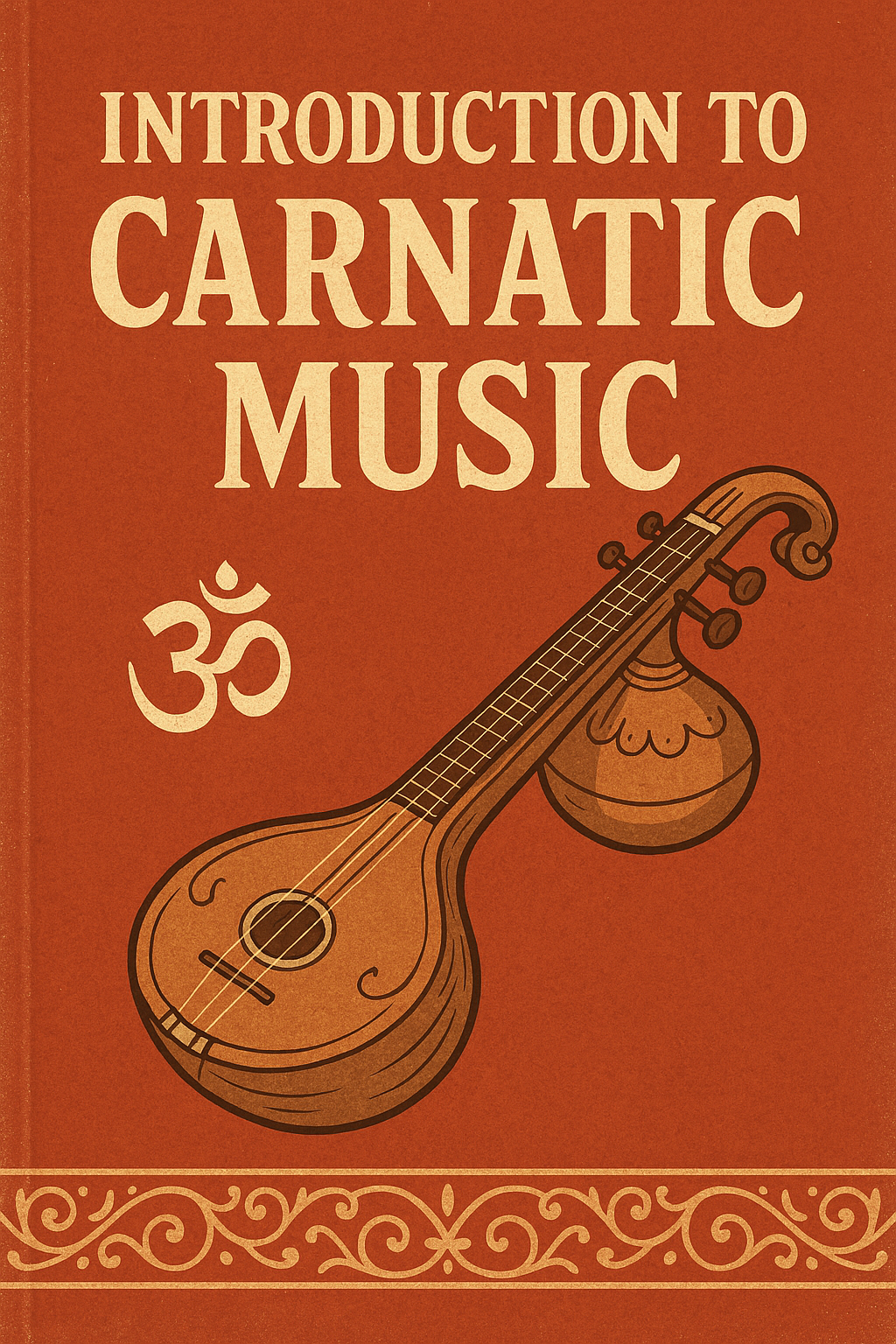
Value Addition Course (BMS-VA504)
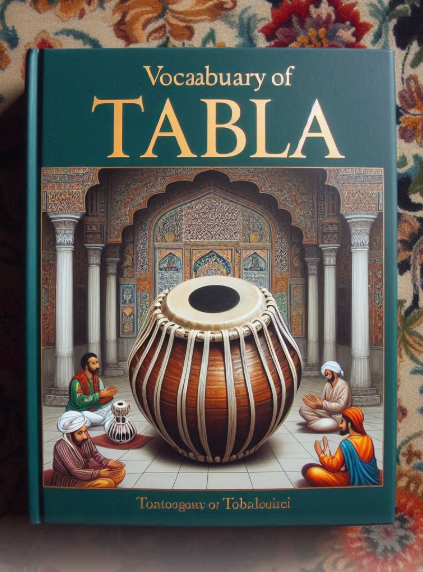
Couse Objective
To comprehend the ideas of some vocabulary of technical term like Kaida, Rela, Tudka. To introduce the notation system of Hindustani Music, understandings of the origin of Tabla, to impart the concept of nation writing skill and other matters are the main objective of this module.
.
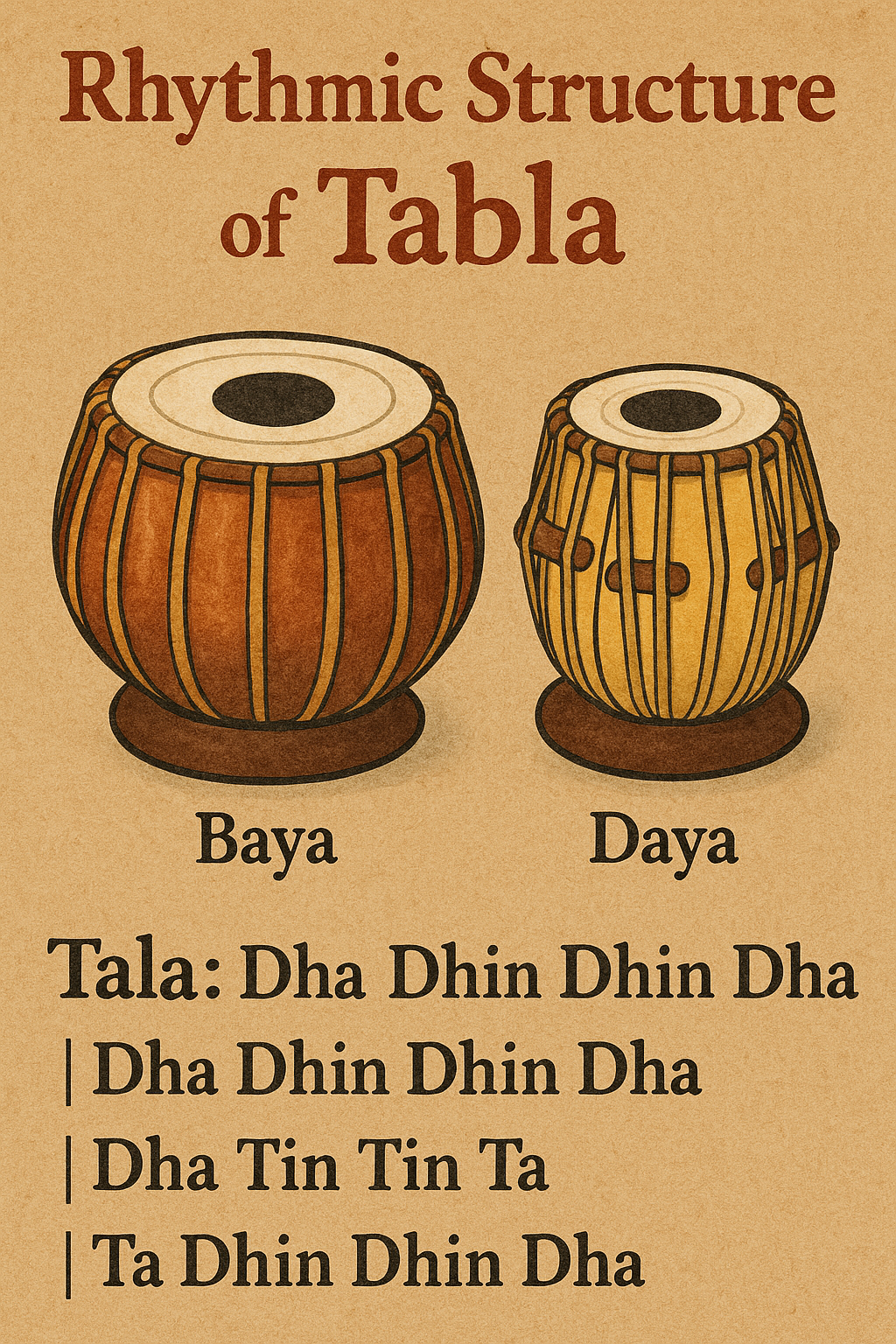
Discipline Specific Elective (DSE)

📗This course will lead to a foundation of research habit to the students of music. By writing research paper, a student can develop their skills of writing and become a musicologist/researcher in their interested fields.
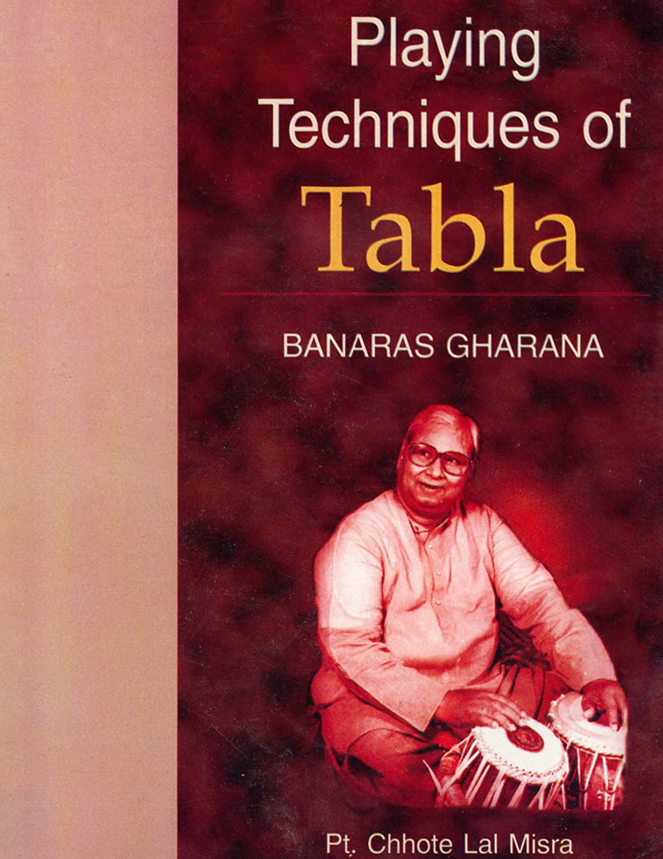
Discipline Specific Elective (DSE)
MB- 316P: Genetics Lab – I
[Corresponding Practical of MB-314 & MB-315 ]
[ 75 marks , 3 credits; Practice period of 6 hours per week ]
I. 1. Karyotyping
2. Measurement of chromosome length and shape
3. Thermal denaturation of DNA and correlation of Tm & base composition.
4. Radiation handling techniques and Chemical Dosimetry.
5. Dose response relationship of mutagen
6. Calculation of LD50
II. Project work/Dissertation - I
MB- 314 : GENETICS-I ( CYTOGENETICS)
[ 100 marks , 4 Credits; Theory lecture of 4 hours per week. ]
Course Objective:
To introduce and impart the theoretical and practical knowledge of cytogenetics and crop evolution, structural and numerical variations of chromosomes, polyploidy and its role in crop breeding and genetic composition of populations.
Course outcome:
1. Understanding of the knowledge on chromosomes morphology and its relevance in genetics, chromosomal aberrations, polyploidy and their role in genome evolution with special reference to plant breeding.
2. Understanding of the knowledge on evolution entails changes in the genetic composition of populations and also understand the source of genetic variation and how it is shaped in the absence of evolutionary forces.
Course content:
I. Cytogenetical Techniques: Karyotyping, Chromosome banding and painting - in situ hybridization – FISH, GISH and various applications. Crop genetics: Crop domestication in selected taxa; role of chromosomal aberrations in crop evolution
II. Structural and Numerical variations of chromosomes: Euploidy - haploids, diploids and polyploids ; Utilization of aneuploids in gene location - Variation in chromosome behavior - somatic segregation and chimeras – endomitosis and somatic reduction; balanced lethals and chromosome complexes.
III. Polyploidy and its role in crop breeding: Evolutionary advantages of autopolyploids vs allopolyploids –- Role of aneuploids in basic and applied aspects of crop breeding, their maintenance and utilization in gene mapping and gene blocks transfer – Alien addition and substitution lines – creation and utilization; Apomixis - Evolutionary and genetic problems in crops with apomixes.
IV. Population Genetics: Genotype and allelic frequencies, the Hardy-Weinberg equilibrium, non-random mating, consequences of homozygosity, factors affecting gene frequencies, heterosis, mutation – effect on allele frequencies, migration and genetic drift
Suggested Readings:
1. Acquaah G (2007). Principles of Plant Genetics and Breeding, Blackwell Publishing Ltd. USA.
2. Allard R. W. (1999). Principles of Plant Breeding, John Wiley and Sons.
3. Singh R. J. (2002). Plant Cytogenetics, CRC Press.
4. Hartwell L. H., Hood L., Goldberg M. L., Reynolds A. E., Silver L. M., Veres R. C. (2006). Genetics-From Genes to Genomes, McGraw Hill
5. Lewin B. (2008). Genes IX, Jones and Barlett Publishers.
6. Hartl D. L. and Jones E. W. (2007). Genetics-Analysis of Genes and Genomes, Jones and Barlett publishers.
7.Gupta PK. 2010. Cytogenetics. Rastogi Publ.
8. Gupta PK & Tsuchiya T. 1991. Chromosome Engineering in Plants: Genetics, Breeding and Evolution. Part A. Elsevier.
MB-303P: General Practical-III
[MB-301 Genetics and Molecular Biology&MB-302 BiologicalTechniques]
[ 75 marks,3 credits; Practice period of 6 hours per week ]
Genetics and Molecular Biology
1. Preparation of competent cells
2. Bacterial genetic transformation
3. Confirmation and calculation of the frequency of transformed cells
4. Bacterial conjugation
5. Confirmation of conjugation
6. Bacterial transduction
SEMESTER – III
MB- 301: GENETICS AND MOLECULAR BIOLOGY
[ 100 marks, 4 credits; Theory lecture of 4 hours per week. ]
Course Objective:
To provide theoretical and practical skills on the principles of inheritance at the molecular, cellular and organismal levels. The course will also cover the DNA replication and DNA repair mechanisms, prokaryotic and eukaryotic transcription, post-transcriptional modification mechanisms and translation and post-translational modifications.
Course outcome:
1. Understanding of the concept of dominance and recessive traits, Laws of segregation and independent assortment, inheritance of qualitative and quantitative traits, factors influencing inheritance – genetics and environment.
2. Understanding of the principle mechanisms of genome replication, transcription and translation, maintenance and function.
Course content:
I. Mendelian Genetics: concept of dominance, recessiveness, segregation & independent assortment; Non-Mendelian inheritance patterns: Genomic imprinting; Complex inheritance-genetic and environmental variation– expressivity & penetrance; Analysis of quantitative and qualitative traits
II. DNA Replication & Repair: Replication initiation, elongation and termination in prokaryotes and eukaryotes; Enzymes and accessory proteins; Fidelity; Replication of single stranded circular DNA; DNA repair-enzymes; Photoreactivation; Nucleotide excision repair; Mismatch correction; SOS repair; DNA Recombination: Homologous and non-homologous; Site specific recombination; Chi sequences in prokaryotes; FLP/FRT and Cre/Lox recombination.
III. Transcription: Prokaryotic transcription: units, steps, mechanisms, enzymes involved; Promoters-Constitutive and Inducible promoters; other regulatory elements - upstream activating sequences (UAS); anti-termination; inhibitors of transcription. Operon concept: Operon concept – inducible and repressible operons. Eg. lac, trp. Eukaryotic transcription:units, steps, mechanisms, enzymes
Revised syllabus for M.Sc. Program in Botany, Department of Botany
(Academic session 2024-25 onwards)
Page 24 of 57
involved - structure and assembly; Basal transcription apparatus for the three polymerases with specific promoters and transcription factors; Other regulatory elements – enhancers, silencers, response elements; Transcriptional factors – general features, motifs - zinc fingers, leucine zippers, helix-turn helix, homeodomains etc.Gene Splicing & post-transcriptional modifications: mechanism, catalytic role of RNA; Group I, II and nuclear introns, nuclear splicing and role of snRNA, tRNA splicing; modification of mRNA - 5' cap formation, 3' polyadenylation; RNA editing. RNA interference (RNAi)- mechanism and significance.
IV. Translation: Genetic code – universality and degeneracy, Wobble hypothesis, Chemical synthesis of the gene by Khorana; Translation machinery – ribosomes; charging of tRNA molecules and formation of aminoacyltRNA; mechanim - initiation, elongation and termination; post-translational modifications of proteins – glycosylation, amidation, lipidation, processing of pre-proteins etc.; Transport of proteins and molecular chaperones; Protein stability; Protein turnover and degradation; Inhibitors of protein translation.
Suggested Readings:
1. Russel P. J. (2010). iGenetics-A Molecular Approach, Pearson Education Inc.
2. Strickberger M.W. (2008). Genetics, Pearson (Prentice Hall).
3. Griffiths, A. J. F., Miller, J. H., Suzuki, D. T., Lewontin, R. C., Gelbart, W. M. An Introduction to Genetic Analysis, W. H. Freeman & Company, New York.
4. Gardner, E. J., Simmons, M. J. and Snustad, D. P. Principles of Genetics, 8th Edition, John Wiley & Sons, New York.
5. An Introduction to genetic analysis. Anthony A. J. F. Griffiths; Susan R. Wessler; Sean B. Carroll; John Deebly. 11th Edition
6. Genetics: A Conceptual approach. Benjamin A. Pierce. 5th Edition
7. Alberts, B., Johnson, A.D., Lewis, J., Morgan, D., Raff, M. and Roberts, K. (2014). Molecular Biology of the Cell. CRC Press, Taylor & Francis Group, USA.
8. Karp, J.G. (2007) Cell and Molecular Biology. John Wiley & Sons, USA.
9. Berk, A., Kaiser, C.A., Lodish, H., Amon, A., Ploegh, H, Bretscher (Author), Monty Krieger, A., Martin, K.C. (Eds). (2016) Molecular Cell Biology. Freeman & Co., USA.
MB- 415: GENETICS - IV (EVOLUTIONARY GENETICS)
[100 marks, 4 Credits; Theory lecture of 4 hours per week.]
Course Objective:
The course will provide basic concepts on the theories and patterns, derivers and trends of evolution. The course also will cover the of reproductive isolation and speciation.
Course outcome:
1. Understanding of theconcepts on the theories and patterns, derivers and trends of evolution along with the reproductive isolation and speciation.
Course content:
I. Evolutionary patterns and theories: biological variation and evolutionary change; Darwin and Wallace – natural selection, adaptation. Microevolution, macroevolution. Evolutionary history: reading trees, monophyly, Tree of life. Phylogeny and the fossil record. Evolutionary trends; Rates of evolution
II. Drivers of evolution: Genetic drift –Migration/Gene Flow. Adaptation – Fitness, coefficient of selection. One-locus models, multi-locus models, modes of selection. Non-adaptive traits. Molecular evolution. Neutral theory. Molecular clock. Testing for selection. Modes of selection. Pairwise distances and molecular divergence. Molecular models.
III. Evolutionary trends: maximum parsimony, origin and evolution of traits across life and green plants.Inferring phylogenies: Maximum Likelihood estimation of trees – concepts and analysis of gene trees, species trees.
IV. Reproductive isolation and Speciation: Species concepts and processes of speciation. Drivers of speciation. Geographic patterns. Evolutionary mechanisms. Post-zygotic and pre-zygotic isolation in allopatry and sympatry, reinforcement, character displacement. Hybrid speciation, hybrid zones. Adaptive Radiation
Suggested Readings:
1. Futuyma, D. J. (1998). Evolutionary Biology (3rd Edition). Sinauer Associates.
2. Ridley, M. (2003). Evolution (3rd edition), Blackwell.
3. Page, R. D. M. and Holmes E. C. (1998). Molecular Evolution: A Phylogenetic Approach, Blackwell.
4. Herron J. C. and Freeman, S. C. (2015). Evolutionary Analysis (5th Edition). Prentice Hall..
MB- 403 P: General Practical - IV (Practical corresponding to MB-401& MB-402)[75 marks,3 credits; Practice period of 6 hour per week]
Section A:Plant Biotechnology
1. Isolation of genomic DNA from plants
2. Isolation of plasmid DNA
3. Quality and quantity assessment of DNA
4. PCR amplification of DNA using random/specific primers
5. Analysis of the PCR amplified profiles
6. Restriction analysis of PCR amplified fragments
7. Preparation of plant tissue culture media
8. Aseptic techniques and in vitro regeneration of plants
MB- 401: PLANT BIOTECHNOLOGY
[100 marks, 4 credits; Theory lecture of 4 hours per week.]
Course Objective:
To provide theoretical and practical knowledge on the concept of plant genome organization, use of molecular tools & cloning, plant tissue culture techniques and transgenic plant development
Course outcome:
Understanding of the theoretical and practical knowledge on the concept of plant genome organization, use of molecular tools & cloning, plant tissue culture techniques and transgenic plant development
Course content:
I. Plant Genome: Nuclear and cytoplasmic; Significance of organelle genomes; Genome size and sequence components. Evolution of Crop Plants: Centres of Origin - crop and its significance, Genetic basis of breeding self- and cross - pollinated crops including mating systems and response to selection - nature of variability, Plant introduction and role of plant genetic resources in plant breeding; Self-incompatibility and male sterility in crop plants and their commercial exploitation. Molecular markers: Restriction based and PCR based; RFLP: methodology and applications, RAPD & AFLP; Development of SCAR and SSR, SNP markers; Gene pyramiding
II. DNA Cloning Methods: Insertion of Foreign DNA into Host Cells; Transformation; Construction of libraries; Isolation of mRNA and total RNA; cDNA and genomic libraries; cDNA and genomic cloning; Expression cloning
III. Plant Tissue Culture Technique: Totipotency; Tissue culture media; Plant hormones and morphogenesis; Direct and indirect organogenesis; Cell suspension culture; Micropropagation – shoot tip culture, somatic embryos, artificial seeds, hardening and transplantation, somaclonal variation and genetic fidelity testing, artificial seeds; Applications of tissue culture; Virus elimination by shoot tip culture. Protoplast isolation and purification; Protoplast viability test; Protoplast culture and regeneration; Wide hybridization and embryo culture; Anther culture and dihaploids; Somatic hybridization - methods and applications; Cybrids and gametoclonal variations. Hairy root culture and production of secondary
through cell culture techniques.
IV. Development of Transgenic plants: Agrobacterium-plant interaction; Virulence; Ti and Ri plasmids; Opines and their significance; T-DNA transfer; Disarming the Ti plasmid, Agrobacterium-mediated gene delivery, Cointegrate and binary vectors and their utility. Direct gene transfer: PEG-mediated, electroporation, particle bombardment and alternative methods; Screenable and selectable markers. Development of transgenic plants – insect resistant, drought tolerant, flooding tolerant and nutritional improvement
Suggested Readings:
1. Allard RW (1981) Principles of Plant Breeding. John Wiley & Sons.
2. Roy D (2003) Plant Breeding, Analysis and Exploitation of Variation. Narosa Publ. House.
3. Sharma JR. (2001) Principles and Practice of Plant Breeding. Tata McGraw-Hill.
4. Singh BD. (2006) Plant Breeding. Kalyani.
5. Brown TA. (2016) Gene Cloning and Analysis: An Introduction. 7th edition. Wiley-Blackwell Publishing, UK.
6. Dale JW, Schantz MV and Plant N (2011) From Genes to Genomes: Concepts and Applications of DNA Technology. 3rd edition. John Wiley & Sons, UK.
7. Glick BR, Pasternak JJ and Patten, CL (2010) Molecular Biotechnology: Principles and Applications of Recombinant DNA. 4th edition. ASM Press, USA.
8. Green MR and Sambrook J (2012) Molecular Cloning: A Laboratory Manual. 4th edition. CSHL Press, USA.
9. Metzler DE (2003. Biochemistry. 2nd edition. Academic Press, USA.
10. Primrose SB and Twyman RM (2006). Principles of Genetic Manipulation and Genomics. 7th Edition. Blackwell Publishing, UK.
11. Jaiwal PK and Singh RP (eds) Plant Genetic Engineering Vol-1 to Vol. 9. Studium
12. Press, USA
13. Bhojwani SS and Razdan MK (1996) Plant Tissue Culture: Theory and Practice, Elsevier
14. Research articles and review articles related to the course contents provided by faculty during the course.
Credits/T.H.: 4/35
Paper Code: C-205
Paper Name: INTERNET PROGRAMMING TOOLS
Course Objectives: To provide basic skills on tools, languages and technologies related to website development. Learning from this course may be used in their Project.
Course Learning Outcomes: Student will be able to develop/build a functional website with full features.
Outline of Syllabus: Minimum number of hours
1 Internet , World Wide Web and Web
Browsers. 3
2 HTML and CSS 9
3 Client –side Scripting 6
4 Introduction to PHP 8
5 Database Access through the Web and Web Security 9
UNIT-1
Internet basics , history of Internet, client/server Architecture, Internet Functions, Services of Internet, Digital World, E-commerce, Web Architecture, Web Browsers, URL and Search Engines.
UNIT-2
HTML, HTML Editors, Elements, Attributes, Text formatting, Lists, Links, Tables, Forms, Linking Images. Introduction, HTML5 New Elements: Section, Nav, Article, Aside, Audio Tag, Video Tag, HTML5 Form Validations: Require Attribute, Pattern Attribute, Autofocus Attribute, email, Number type, Date type, Range type, HTML Iframe. Introduction to CSS: Syntax, CSS selectors, CSS- Inline, Internal, External.
CSS Styling:Background, Text, Font, Links, List, Tables. CSS Box model:Border, Outline, Margin, Padding
UNIT-3
Dynamic Web Pages: Creating interactive and dynamic web pages with JavaScript-
JavaScript overview; constants, variables, operators, expressions & statements; user-defined & built-in functions; client-side form validation; using properties and methods of built-in objects
UNIT-4
Introduction to PHP: Overview of PHP- Origins and Uses, General Syntactic
Characteristics, primitives, Operations and Expressions, Output, Control Statements, Arrays, Functions, Pattern matching, Form Handling, Files, Cookies, Session tracking
UNIT-5
Database Access through the Web:Role of Databases in Interactive Applications, An
Introduction to the SOL, Architectures for Database Access, MySQL Database System, Database Access with PHP and MySQL. Web Security: Firewalls- Definition and uses, Network layer firewalls and Application layer firewalls; Proxy servers, S-HTTP
Main Reading:
1. Programming the World Wide Web, Robert W. Sebesta, Pearson Education, 4th Edition
2. Web Technologies TCP/IP Architecture, and Java Programming, Achyut S. Godbole
and AtulKahate, The McGraw Hill Companies, Second Edition.
Books/ References:
1. Internet and Web Technologies, Raj Kamal, TMH
2. Web Technology & Design, Xavier C., New Age Publication
The National Karmayogi Jan Seva Program, also known as the Rashtriya Karmayogi Large Scale Jan Seva Programme (RK-LSJSP), is a large-scale initiative by the Capacity Building Commission (CBC) in India. It aims to transform public service by instilling a citizen-centric approach and a spirit of service (Seva Bhaav) among government officials. The program focuses on behavioral training and mindset shifts to improve governance and efficiency
Title: Demon on LMS-1
Course Code: LMS1
Duration: 30 min